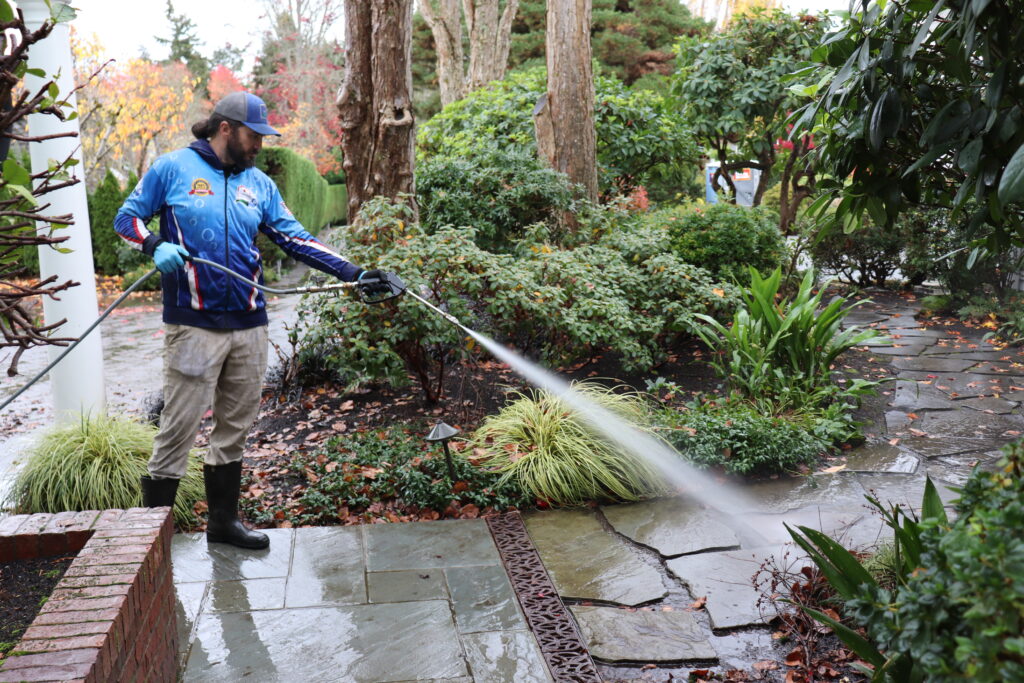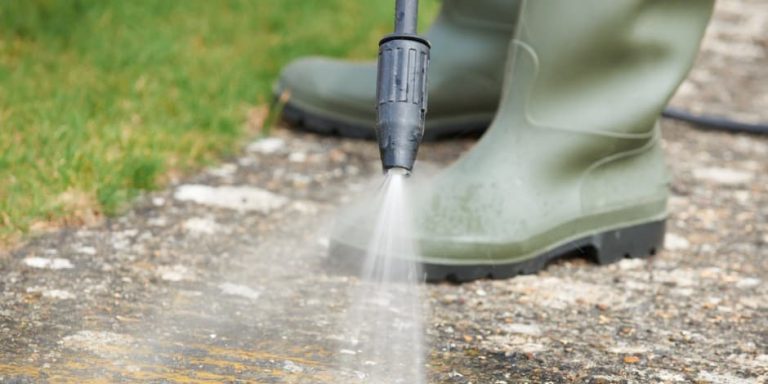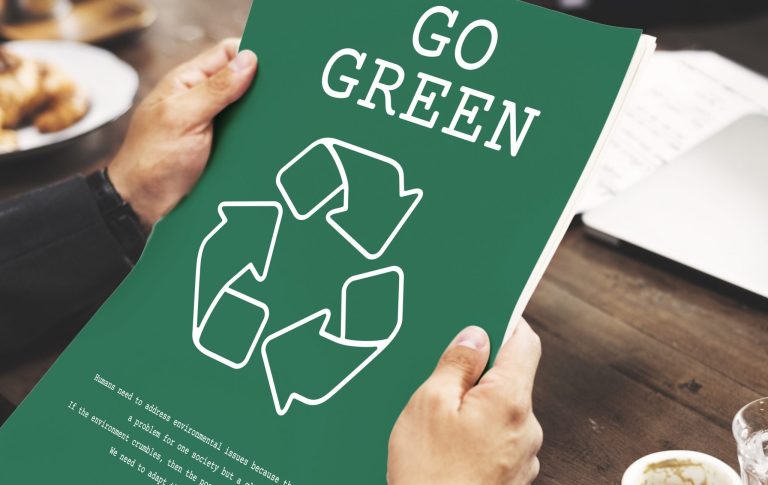
Power washing is a powerful and effective way to clean your home’s exterior, driveway, patio, or fence. But without the right planning, it can also create environmental problems—polluting water sources, harming soil health, and impacting local wildlife. 🌎💦
The good news? You don’t have to choose between a sparkling clean home and a sustainable lifestyle. With the right approach, it’s entirely possible to develop a power washing plan that’s both effective and eco-friendly. 🧼🌱
This article walks you through how to create a responsible, sustainable power washing plan for your property—step by step. Whether you’re hiring a contractor or doing it yourself, following these guidelines helps protect your landscape, waterways, and the environment at large. ✅
🔍 Step 1: Assess Your Cleaning Needs
Before grabbing your pressure washer, take inventory:
- Which surfaces need cleaning? (e.g., siding, deck, driveway, fence)
- How dirty are they? Is there mold, algae, or just surface dust?
- When was the last wash? Some surfaces only need cleaning every 1–2 years
🧠 The more targeted your approach, the less water and cleaning agents you’ll use—and the less environmental impact you’ll cause.
🧴 Step 2: Choose the Right Cleaning Solutions
This is a critical step. Many conventional power washing chemicals contain bleach, ammonia, or petroleum-based ingredients that are toxic to plants, soil microbes, and aquatic life.
✅ Instead, opt for:
- Biodegradable detergents
- Plant-based or citrus-based degreasers
- Non-toxic mold and mildew removers
- Products labeled “safe for plants” or “aquatic-safe”
Avoid anything with:
- Sodium hypochlorite (bleach)
- Phosphates
- Solvents or harsh acids
🧼 Pro tip: If plain water and pressure will do the job, skip chemicals altogether.
Browse Amazon Here For Biodegradable Pressure Washing Detergents
💧 Step 3: Plan Your Water Usage
Power washing can use up to 8 gallons of water per minute. To keep your usage in check:
- Use a pressure washer with adjustable PSI settings
- Select narrow-angle nozzles for more efficient cleaning
- Clean in sections, turning off the washer when not spraying
- Consider using a low-flow pressure washer
♻️ Less water means less runoff—and a smaller environmental footprint.
🚧 Step 4: Protect Your Landscaping
Runoff from power washing can flow into gardens, lawns, or storm drains. To avoid damaging your plants or polluting water:
- Cover nearby plants with a tarp
- Use sandbags or barriers to divert runoff
- Never wash near flower beds or edible gardens
- Wait 24–48 hours after heavy rainfall so the ground can absorb water
🌼 Remember: What flows into your soil can eventually end up in your food if you grow herbs, veggies, or fruit trees.
🧠 Step 5: Time It Right
Avoid power washing:
- During or right before rain (which increases runoff)
- In peak pollinator hours (9 a.m. to 3 p.m.) if you’re near flower beds
- In high heat, which can evaporate cleaners too quickly and reduce effectiveness
💡 Ideal timing: Early morning or late afternoon on a dry, calm day.
🛑 Step 6: Keep Runoff Out of Drains
Storm drains lead directly to creeks, lakes, and rivers—without treatment. You don’t want detergents or debris entering these ecosystems. Here’s how to keep them safe:
- Block nearby drains with temporary covers or mats
- Use a wet-vac to collect excess water
- Direct water onto gravel, mulch, or grass, where it can be filtered naturally
- Never power wash in a way that sends water straight into the street or sidewalk
🐟 Protecting stormwater systems protects fish, frogs, and the aquatic food chain.
🔧 Step 7: Maintain Your Equipment
Well-maintained tools are not only safer—they’re also better for the environment.
- Check for leaks that waste water
- Clean filters and nozzles regularly to ensure efficient operation
- Use fuel-efficient or electric washers where possible
⚙️ Proper equipment care reduces waste and extends the life of your tools.
Browse Amazon Here For Top Rated Power Washers And Accessories
👷 Step 8: Vet Your Contractor (If Hiring One)
If you’re hiring a professional, make sure they’re aligned with your eco-values.
Ask them:
- What detergents do you use? Are they biodegradable?
- Do you collect or redirect runoff?
- Are you certified in green cleaning practices?
- Can you provide references from other environmentally conscious clients?
✅ A good contractor will gladly answer these and take steps to minimize impact.
📋 Sample Eco-Friendly Power Washing Plan
| Task | Action |
|---|---|
| Surface Preparation | Sweep debris, cover plants, place barriers near drains |
| Cleaning Agent | Use biodegradable, phosphate-free detergent |
| Water Management | Use low-flow nozzle, clean in small sections, collect excess water |
| Runoff Control | Redirect to soil or lawn, avoid paved drainage paths |
| Post-Cleaning Care | Remove tarps, rinse plants if exposed, compost plant-safe debris |
🌍 Final Thoughts
Power washing doesn’t have to mean sacrificing environmental responsibility. By making informed choices about your equipment, cleaning solutions, and runoff management, you can clean your home while keeping your landscape, local ecosystems, and community water systems safe. 🌿🏡💧
Whether you’re a weekend DIYer or managing multiple properties, adopting an eco-friendly power washing plan helps ensure that every clean surface doesn’t come at the planet’s expense.
✨ Clean smarter. Live greener.
Browse Amazon Here For Biodegradable Pressure Washing Detergents






